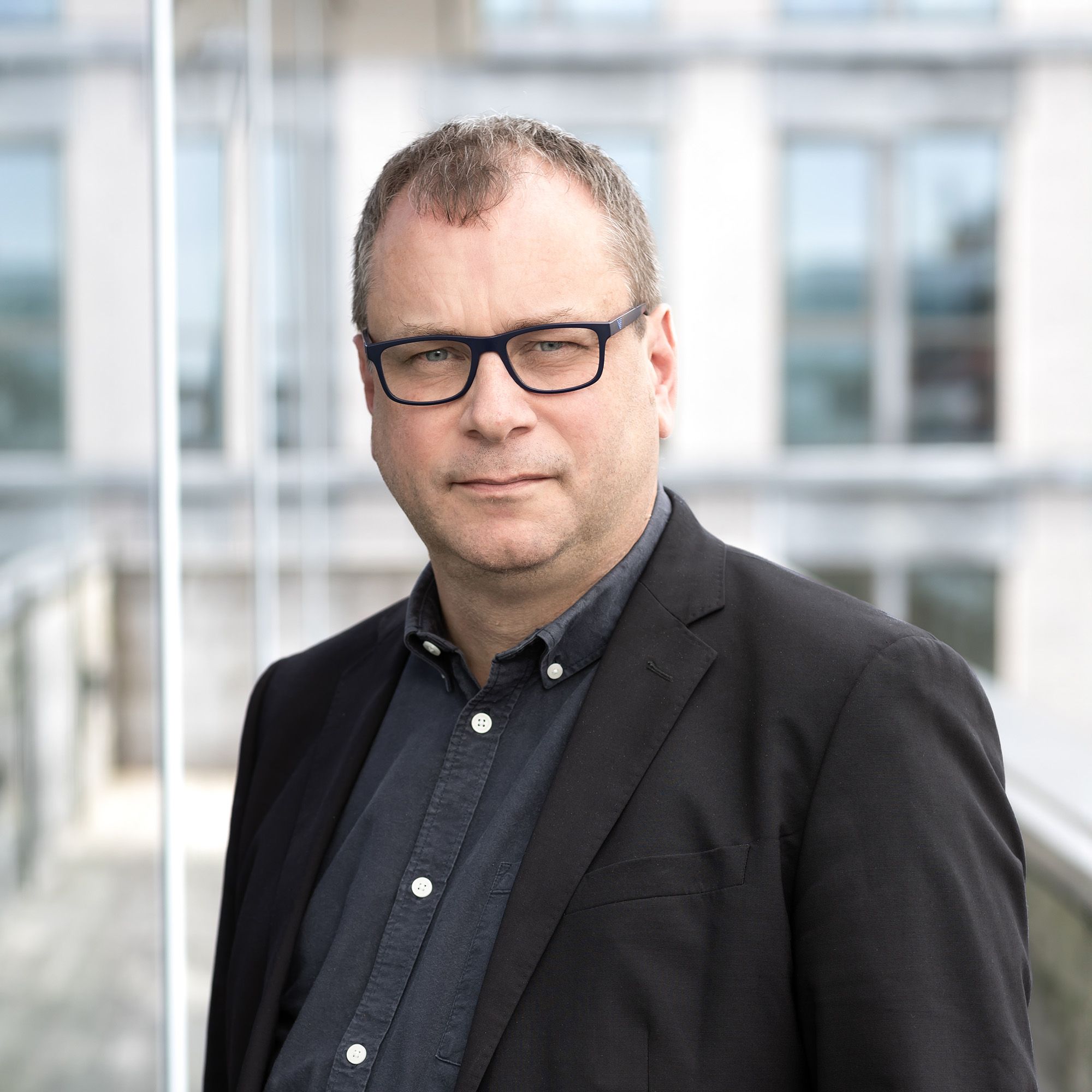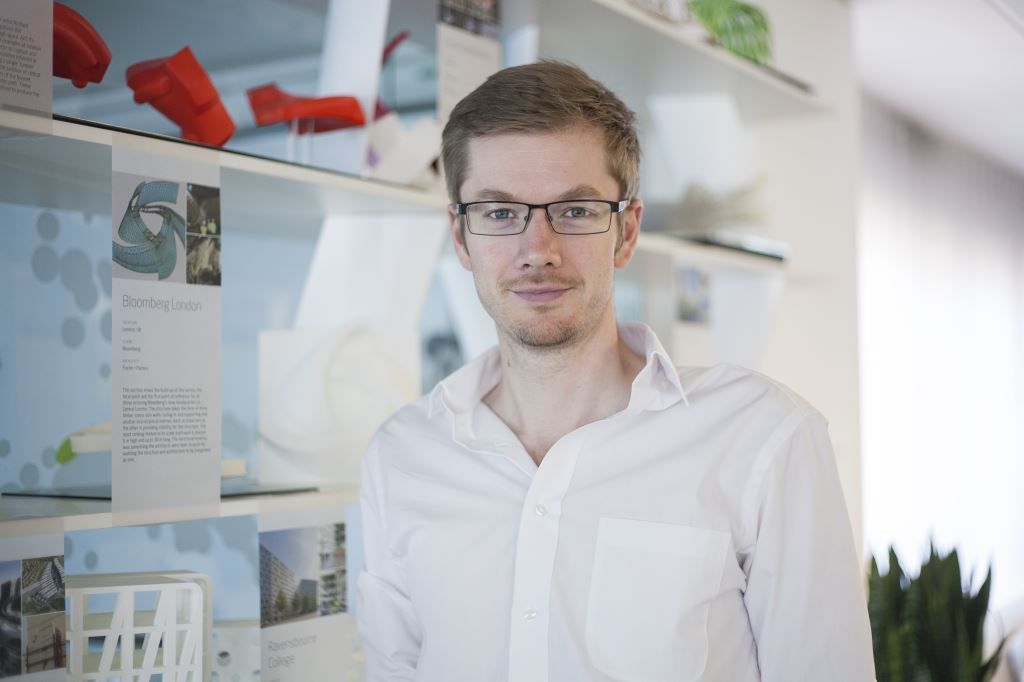-
During the break go to meet the innovative suppliers surrounding the theatres.
FOOTPRINT+ exhibitors are selected to help you take the theory you’ve heard from the stages, and deliver it across your portfolio in an informed, practical and cost-effective manner.
-
During the break go to meet the innovative suppliers surrounding the theatres.
FOOTPRINT+ exhibitors are there to help you take the theory you’ve heard from the stages, and deliver it across your portfolio in an informed, practical and cost-effective manner.
-
During the break go to meet the innovative suppliers surrounding the theatres.
FOOTPRINT+ exhibitors are selected to help you take the theory you’ve heard from the stages, and deliver it across your portfolio in an informed, practical and cost-effective manner.
-
During the break go to meet the innovative suppliers surrounding the theatres.
FOOTPRINT+ exhibitors are selected to help you take the theory you’ve heard from the stages, and deliver it across your portfolio in an informed, practical and cost-effective manner.
-
During the break go to meet the innovative suppliers surrounding the theatres.
FOOTPRINT+ exhibitors are selected to help you take the theory you’ve heard from the stages, and deliver it across your portfolio in an informed, practical and cost-effective manner.
-
During the break go to meet the innovative suppliers surrounding the theatres.
FOOTPRINT+ exhibitors are selected to help you take the theory you’ve heard from the stages, and deliver it across your portfolio in an informed, practical and cost-effective manner.
-
Round Table Room
There has been a lot of talk about the importance of decarbonising real estate, but the emphasis has been very much on the ‘why’ rather than the ‘how’.
Join a select group of 10 industry leaders to debate how we graduate from ambition to action. During the one-hour discussion, moderated by BE News editor-in-chief Liz Hamson, we will go beyond hypothetical case studies to focus on real-world examples and dive into the detail of ‘how’ decarbonising real estate works, hearing from those who are doing it, and doing it well, and from those who are just starting out on the journey and may be encountering obstacles. If you would like to be part of the conversation and share your insights, register your interest as soon as possible.
 Chairperson
Chairperson -
The Timber Stage
Circular economy principles are gaining traction across the built environment but systemic change requires aligned policy, innovation, and cross-sector collaboration. This panel discussion brings together government and industry perspectives to explore how national circular strategies are being shaped—and what they mean for the future of the built environment. The Circular Economy Taskforce provides independent, expert advice to help accelerate the UK’s transition to a low-carbon, resource-resilient economy.
With the built environment accounting for over 60% of material use and a significant portion of carbon emissions, this session will spotlight how the Taskforce is helping to drive scalable, circular solutions within construction, development, and urban planning. The Taskforce’s recommendations are informing national policy, such as extended producer responsibility, whole-life carbon assessments, and critical raw material recovery—and how these intersect with practical challenges in the built environment.
Chairperson -
Round Table Room
Data increasingly influences decision-making in construction, from early-stage material selection to final delivery. But can we create truly inspiring, sustainable buildings within current frameworks, or do they limit creativity and human-centric design?
This roundtable, hosted by 2050 Materials and Morris+Company, brings together designers, contractors, manufacturers, and sustainability leaders to explore how data, systems intelligence, and construction workflows can meaningfully coexist with creativity. Beyond carbon counting, does the industry need a shift—from spreadsheet-based material assessments to integrated systems thinking that fosters better, more adaptable decision-making?
-
During the break go to meet the innovative suppliers surrounding the theatres.
FOOTPRINT+ exhibitors are selected to help you take the theory you’ve heard from the stages, and deliver it across your portfolio in an informed, practical and cost-effective manner.
-
Mitsubishi Electric is hosting an evening reception to capture the momentum of the inspiration and insights on what net zero carbon really implies.
Our drinks reception will provide an opportunity to keep the conversation going in a relaxed and informal setting to share ideas on how we can move from “doing less bad” and create holistic, positive impacts. Get in touch if you are interested in attending.
Sponsored by:
-
Retrofit Agenda Stage
Brutalist buildings should be recognised for their potential. Aesthetically and structurally challenging to some, the key to unlocking this potential has common threads. Whitby Wood invite you to a breakfast briefing where we will explore the successful adaptation and revival of two distinct building typologies.
Plant — the ‘hanging gardens of Basingstoke’
Formerly Mountbatten House, the original 1970s vast-stepped modernist complex comprises six levels of commercial workspace with tiered roof gardens in Basingstoke, Hampshire. Fundamental to the revamped scheme are the celebrated cascading green garden terraces. The design team sought the sensitive restoration to improve biodiversity and urban greening and maximise the potential for adaptation within the existing structural fabric. Plant is an exemplar development for the evolution of a pioneering design intent to promote wellbeing and connection.
Zodiac — repurposed for social housing and community spaces
This ambitious re-use project transforms a neglected 1960s concrete complex in West Croydon into 73 thoughtfully designed, low-carbon homes for emergency housing. Rather than demolish, the developer sought to repurpose the abandoned buildings. The scheme integrates local amenity, courtyards, and social spaces and reimagines the derelict forecourt as a vibrant community garden. Zodiac’s revival sets a precedent for adaptation of underused assets — and for the provision of new housing from office space.
Come and hear from the teams at Zodiac and Plant, Basingstoke.

-
Round Table Room
With the ever increasing choice of sustainability accreditations and verifications that exist, how should I know which are most appropriate for my development and which are most aligned with our aspirations.
At this workshop we'll discuss the positives, negatives, opportunities and challenges of methods including NABERS, Passivhaus, the UK Net Zero Carbon Building Standard, BREEAM, LEED, WELL, SmartScore, WiredScore and many others.
The workshop will be hosted by leaders at Max Fordham. Come along to join in the discussion, hear from the Max Fordham experts, and share your insights. -
The Timber Stage
The new headquarter for Unusual Rigging achieves a remarkable fusion of deep sustainability and employee wellbeing. Built to rigorous Passivhaus energy standards, the design goes further by using timber and bio-based materials to drastically cut embodied carbon while reducing running costs. Expanded solar power generation on-site means the building has an exceptionally low whole-life carbon footprint.
This project embodies circular economy principles by being designed explicitly for durability, future disassembly, and material repurposing, departing from the linear 'take-make-dispose' model. Unlike schemes relying on existing structures, it rigorously addressed embodied carbon in a new build context, prioritising sustainable, biogenic (carbon-storing) materials throughout to ensure a low-impact building designed for a long life and eventual reuse.
Join the client and design team to hear firsthand how this healthy, adaptable workspace supports the business's growth, champions staff wellbeing, and provides a blueprint for truly sustainable development.

-
The Timber Stage
CLT buildings up to 18m offer many benefits to developers and end users with extremely low embodied carbon. What factors affect successful outcomes so developers and occupiers to take advantage of these opportunities. This expert panel includes manufacturer, insurer, fire engineer and client and explores:
- early engagement with contractor
- addressing information exchange with the insurance broker
- factors which will allow a more straightforward approach to fire design
- protection from moisture ingress

-
The Timber Stage
Timber-framed housing: Growing sector
Large housebuilders are partnering with or investing in timber frame manufacturing capacity to develop their own supply chain. With larger numbers of timber-framed houses being built in England than ever before our expert panel will explore what we can expect to see in the sector:
- How quickly can we expect the proportion of timber-framed houses in England to increase?
- What parts of the supply chain will need to grow and develop to keep up with the pace?
- What are the technical drivers for the growth in timber-framed houses?
- How quickly are we seeing the technology and specification developing?
-
Just Transition
For communities to embrace net zero, they need to feel the direct benefits, and trust that the transition will have a positive impact on the places they live, work and play. UKGBC’s new Regenerative Places programme takes a place-based approach that explores how local stakeholders can co-create their own retrofit strategies, delivering broad 'regenerative' benefits to communities, strengthening climate resilience and improving people's health & wellbeing.
Hear from UKGBC, MCS Foundation and CIVIC SQUARE as they explore:
- What “regenerative places” are
- How these principles can be implemented within our communities to decarbonise homes, public spaces and lifestyles
- The important role that individual stakeholder groups play
- How local networks can develop their own capacity and local supply chains to respond to the challenges, building on existing strengths and knowledge
 Chairperson
Chairperson -
Just Transition
District East is an ambitious, nature-led life sciences development in Cambridge. The mission is to attract world-class innovation by designing a masterplan that inspires researchers and entrepreneurs, while ensuring that it remains open to the surrounding community. This contaminated brownfield site will be healed using regenerative landscapes designed as places for human interaction. The vision is to allow science to be seen and celebrated and to inspire and benefit local communities. With no formal edges, all of the buildings – from labs to cafes – will be placed in a landscape that respects existing neighbourhood routes.
The team will describe key goals of the project which include:
- how to bring a contaminated, brownfield site back into use within the city
- delivering a unique workplace offer for the life-sciences industry in Cambridge
- working with potential occupiers on the balance between operational energy demand and efficiency goals
- refining the range of potential performance, dependent on use, management regime and tenancy

-
Just Transition
Meaningful participation involves engaging local communities, workers, and stakeholders in decision-making processes, ensuring their voices are heard in shaping policies and investments. This participatory approach enhances social equity and strengthens the long-term sustainability plans by aligning them with local priorities.
Place-based impact investing directs financial resources towards local initiatives that foster sustainable development, create jobs, and support community resilience. By investing in purposeful projects that are rooted in the unique needs and potential of specific regions, this approach ensures that the communities are empowered to fully participate in change.
What are the ingredients for success that will future proof your investments?
-
Just Transition
Building a resilient and sustainable construction supply chain is essential for the UK’s economic security and long-term infrastructure goals. However, ensuring that this resilience does not come at the expense of workers, communities, and vulnerable groups is crucial for a just and equitable transition.
What are the strategies and frameworks needed to create a construction supply chain that leaves no one behind, while addressing the challenges of sustainability, skills development, and inclusivity in the industry?
The session will delve into key case studies, best practices, and policy initiatives that show how creating a resilient, fair, and future-proof construction sector can drive both economic growth and social justice.
-
Material Futures Stage
There are a growing number of low and lower carbon concretes available on the market, with the potential for cutting the embodied carbon of new development. This session explores new product development and initiatives to help facilitate their specification and use at scale.
An expert panel from across the design, construction and supply chain will present discuss examples, projects, technologies and experiences including:
- Collaboration and trials to study and share performance for placing the concrete, striking times and finishes of in situ, post-tensioned and precast concrete structure.
- Use of remote digital sensors for real time data collection on site.
- Expanding the availability of local low carbon resources for manufacture through new labs and testing facilities
- SISK’s Demonstrator Project at Wembley Park Development aiming to accelerate the commercial viability of low carbon cement

-
Material Futures Stage
The transition to a circular economy in construction is gaining momentum, but how do we turn ambition into reality? This session explores the process behind material reuse – how it works, what data is needed, and how risk is managed. With insights from industry pioneers, we will unpack the key challenges around passporting materials, transparency, and the role of insurance in facilitating transactions.
Our expert panel will discuss the barriers and opportunities in tracking and verifying materials, ensuring trust in reused products, and mitigating perceived risks. We’ll explore how new digital tools, data-driven decision-making, and innovative insurance models are helping to de-risk material exchanges and support a more circular approach. The session will also highlight real-world examples of collaboration across the supply chain – bringing together clients, contractors, and technology platforms to make reuse work at scale.
Attendees will gain practical insights into the evolving circular economy landscape, hearing firsthand about the challenges faced and the solutions emerging to embed reuse as a standard practice in the built environment.

-
Material Futures Stage
GPE’s 30 Duke Street St James’s (formerly 180 Piccadilly) raises the bar for circular economy applications as London’s largest steel reuse project. The project is a striking eight-storey development where the majority of the structural frame is repurposed from another donor building.
But it’s not just about steel. The project embraces material reuse beyond the frame, with its façade partially constructed from existing Portland stone, further reducing embodied carbon. 30 Duke Street St James’s is targeting BREEAM ‘Outstanding’, WELL Platinum and NABERS UK 5-star.
Join the project team panel discussion to explore:
- Unlocking the project’s opportunities and overcoming challenges
- Scaling steel reuse across the industry
- The future of low-carbon, circular construction
 Chairperson
Chairperson -
Material Futures Stage
Holborn Viaduct is a 14-storey, cutting edge workspace development currently under construction for Royal London Asset Management . Multiplex and BHC, Heyne Tillett Steel worked collaboratively to produce a design with much stronger S460 grade steel reducing the size and weight of the sections. With designs for columns at both S355 and S460, HTS and BHC engaged with EMR stocklists to match 87 tonnes of reclaimed steels to columns within the superstructure frame.
The specification of ArcelorMittal electric arc furnace (EAF) over blast furnace steel plus reclaimed sections have been used within the new frame, along with Xcarb Kingspan decking and fibre reinforcement in place of traditional mesh reinforcement where possible for the composite concrete floor slabs. This combination of innovative solutions has resulted in a reduction from 16,000 to 6,000tCO2.

-
Financing the Carbon Revolution Stage
Urbanest Battersea is the largest student living building designed to Passivhaus standards in Europe, the largest Passivhaus building in the UK and the eight largest in the world. Providing high-quality, energy efficient accommodation for 853 students it represents a significant achievement for client, design team and contractor. Passivhaus principles promise lower operational costs despite slightly higher capital cost and improved comfort for the students. For building operators in PBSA and BTR these costs can very quickly be offset.
Having received certification this February the building has yet to be in operation a full year but there have been significant learnings to share:
- how to reduce heating and cooling demand through the design of the building
- how the scheme is reliant on the behaviours of occupants and how urbanest is working to educate its customers
- what the team have learnt through the process of mobilising and operating the building that wasn’t anticipated
 Chairperson
Chairperson -
Financing the Carbon Revolution Stage
There are many innovative low-carbon concretes in development but, even when they are proven in laboratory or small-scale trials, the investment to develop the supply chain remains complex and uncertain. The Advance Market Commitment (AMC) for low-carbon concrete and cement products intends to overcome these barriers by being explicit about the quantity and price of the next generation of low-carbon concretes that the property and construction sectors would be willing to procure over a number of years. This demand-side commitment can be used to seek investment to rapidly scale the development and production of innovative concretes to meet the demand. In this session we hear from Innovate UK and the companies working together to develop the AMC and how this might help unlock investment to accelerate decarbonisation of construction.
 Chairperson
Chairperson -
Financing the Carbon Revolution Stage
Developers face numerous uphill challenges when faced with retrofit. In order to create the conditions that encourage the reuse of buildings, rather than demolish and build new, it needs to be simpler and more profitable. The reuse of existing buildings has the potential to stimulate economic growth, meet our housing targets, create jobs, improve public health, reduce waste, all whilst working towards a net zero property industry.
There are currently numerous disincentives to retrofit such as VAT, lack of regulation of embodied carbon and/or tax on carbon emissions through. What mechanisms should be employed to remove these obstacles, and whose job is it to do so? How can we have a profitable net zero property industry?
-
Financing the Carbon Revolution Stage
Reusing the construction products that arise from refurbishment or demolition offers multiple benefits, such as reduced embodied carbon through the displacement of new products and materials. It also supports self-sufficiency in a sector that imports a significant quantity of materials and products, with added advantages of reducing impacts of material extraction globally, preventing loss of biodiversity and waste emissions.
However, despite there being a reuse potential for a typical building of anything from 10% - 80% (by weight), the reality for most projects is closer to less than 1%. This session will explore the evolving landscape of drivers in the UK and Europe – from new regulation, standards and planning regimes to the use of new digital technologies to drive reuse and the practical implementation of reuse onsite. It will show how collaboration, innovation and demonstration are starting to change the reuse and circularity landscape, but set a challenge to the industry to do more.
 Chairperson
Chairperson -
Interiors Focus Stage
JLL’s new HQ at 1 Broadgate began with an ambition to radically reduce both embodied and operational carbon, while embedding circularity at the core of a major workplace project. From the outset, the team set out to push whole life thinking across procurement, urban mining, circular design, material passporting, and future reuse potential.
Applying circular principles at scale revealed the scale of the challenge to make circularity the norm in the property sector including misaligned incentives, fragmented data, and complex delivery challenges. 1 Broadgate has been treated as a live testing ground to pioneer new approaches, set benchmarks, and build long-term resilience. This session offers a practical and candid reflection from the occupier client and consultant team: what’s working, what hasn’t, and where the biggest opportunities lie for others.
-
Interiors Focus Stage
The growth of the UK's research and innovation sector continues to be a key contributor to the economy. Increased investment in life sciences real estate has led to a growing pipeline of speculative laboratories under construction in cities like London, Cambridge, and Oxford. As these projects come to market, the ability to attract occupiers by achieving the right fit for the space becomes crucial. One avenue for meaningful differentiation is understanding what decarbonisation efforts in laboratories mean for the lab occupier and users' operations.
In this panel, Oxford Properties, The Institute of Cancer Research, 3PM and GXN will debate how science occupiers move towards net zero. You will hear directly from scientists about how building owners can support behaviours that contribute to credible decarbonisation pathways. The panel is part of the Transforming To Zero initiative, which has engaged with key players in the UK science ecosystem through interviews, workshops, and ongoing conversations since 2022.
 Chairperson
Chairperson -
Interiors Focus Stage
The UK has some of the highest use of flame retardants, many of which are toxic to health, in the world. Many of these chemicals show up in building materials that you are specifying today. Some manufacturers are taking steps to design out toxic chemicals of concern, but how do you find identify and specify building materials that fundamentally protect, restore, and enhance the health of humans and highly functioning ecosystem?
Learn about projects leading this market transformation and how to create opportunities for immediate, meaningful action.

-
Interiors Focus Stage
SKArating is a sustainability assessment methodology that measures the environmental impact of commercial fit-outs and refurbishments. The methodology integrates good practice performance into daily project delivery, and moves the whole interior fit-out industry forward in a synchronised way. The approach provides a consistent system of measurement and benchmarking against good industry practice.
SKArating was originally established in 2008, and has been undergoing a quiet metamorphosis - with new ownership, updated schemes and new offerings in the pipeline. The proposed changes are intended to reshape sustainability in the interior fit-out world to respond to an increasingly climate-aware fit-out industry with alignment to Net Zero, to be inclusive of full life-cycle thinking that delivers against client needs and to expand the sectors and countries that SKArating can be used in.
This panel discussion includes clients, designers, board members, who use SKArating for a broad, honest and honest discussion, of the need and potential for such ratings in the interior fit-out industry.

-
Zero Carbon Energy Stage
What are the options for commercial buildings not captured in heat networks? Changing the source of heat can be an extremely challenging process for businesses. In this session we explore the opportunities for some of the biggest emitters to overcome the barriers:
- Market readiness: How the supply chain is developing
- How to move businesses over to heatpumps
- How government is supporting businesses to enable change
- What’s the state of play in skills for installation and maintenance
 Chairperson
Chairperson -
The integration of a just transition into public procurement is a crucial step toward achieving both environmental sustainability and social equity. This session will present how Newham Council is embedding just transition principles into its procurement processes, with insights from Dan Hill of Dark Matter Labs on the role of design and innovation in this transformation. Newham Council has made significant strides in aligning its procurement policies with these principles, prioritising social value, equity, and sustainability in its purchasing decisions.
- How is the council is using procurement to drive positive outcomes, creating green jobs and supporting local businesses?
- How can evolving systems help public authorities to rethink procurement, addressing environmental targets but also social justice?
- What are the challenges and opportunities in embedding a just transition into public procurement?
- What are the actionable insights for local authorities and organisations committed to making a fairer, green economy?
-
The Principles for Responsible Timber Construction set out a clear, ambitious, and achievable framework to build trust, align policies, and drive investment in sustainable timber construction — for the future of both forests and cities. This framework not only advances environmental goals but also ensures that the transition to sustainable construction is equitable and inclusive, embodying core tenets of a just transition by showing how the shift to low-carbon building also promotes social equity, fair livelihoods, Indigenous rights, and long-term environmental stewardship.
Since COP28, Built by Nature has collaborated with the Forest and Climate Leaders Partnership (FCLP), Bauhaus Earth, and other key partners to develop and refine these Principles. They have already been reviewed by governments, industry leaders, and NGOs, with initial feedback showing strong support. The Principles are now shaping the criteria for a new international buildings Prize. This panel will explore the Principles in more detail, examining how the industry can help apply them in real-world projects, and how broader endorsement can drive a just transition across the buildings value chain.
-
Just Transition
The widespread adoption of green technologies, including solar energy and other renewable solutions, raises important questions about labour rights and exploitation in global supply chains. This session will address the relation between net-zero technologies and ethical labour practices, revealing the hidden realities of labour exploitation in the renewable energy sector.
How can net-zero technologies can be developed and deployed without compromising human rights, holding industry players accountable? By examining real-world examples and regulatory frameworks, the speakers aim to shed light on the complexities of ensuring ethical labour practices in the race to achieve net-zero targets, offering practical guidance to those responsible for implementing in the built environment.
-
Retrofit Agenda Stage
Minimum Energy Efficiency Standards are intended to require incremental improvements to building fabric and services installations in leased accommodation. In preparing revised proposals the team at the Department for Energy Security and Net Zero have taken a wide variety of views into consideration. In this session the team will present
- a review of the objectives of MEES and what they are intended to achieve
- feedback on the findings of the consultation and how stakeholders continue to shape the proposals
- what will take place next to enable the regulation to be determined
 Chairperson
Chairperson -
Retrofit Agenda Stage
Designed by Sir Denys Lasdun and completed in 1983, the IBM Building is a bold presence in the buzzing cultural playground of the South Bank. Developer Stanhope is sensitively refurbishing and extending this Grade II listed Brutalist treasure to update it for contemporary office occupiers and give it a longterm, energy-efficient future.
Retaining 80% of the original structure’s concrete has minimised the CO2 emissions generated by the retrofit works. Fabric improvements and improvements to services will reduce operational energy consumption by 50%. Targeting BREEAM outstanding, EPC A rating and a NABERS 5 star rating will bring the building right up to date without compromising its status as a key Listed building in the historic Southbank composition.
Sponsored by:
-
Interiors Focus Stage
Indoor air quality has been proven to impact occupant health and well-being in a wide range of settings. In schools there has been increased attendance and achievement and in healthcare patient outcomes are improved. Within office and workplaces air quality monitoring can offer:
- the opportunity to refine building heating strategies and cut energy usage
- feedback on operating practices and how to monitor changes
- reduction in claims from occupiers and reduced insurance premiums
Experts from the International WELL Building Institute and selected clients join Butterfly Air to discuss how monitoring air quality has benefitted asset managers and building users.

-
Interiors Focus Stage
Circular Economy in practice is about sequentially looking at what to retain, reuse on site, reuse within a portfolio or reuse elsewhere through trade partners, together with close collaboration between deconstruction and construction contractor and clients. Circularity requires a collaborative, can-do attitude supported by technology built around the industry’s workflows.
Join our expert panel who will take you step-by-step through the process and show how digitisation allows parties to manage the process of deconstruction and onward material management leading to much higher levels of reuse.
 Chairperson
Chairperson -
Interiors Focus Stage
Join Workplace Futures Group (WFG) as we delve into the transformative journey towards sustainability and social responsibility, anchored by the principles of B Corp certification. This engaging session will feature actionable insights and real-world case studies that highlight the challenges, triumphs, and innovative approaches driving meaningful change in workplace design and operations.

-
Zero Carbon Energy Stage
Developed as a platform for experimentation and industry collaboration, Hilson Moran's Living Lab in Hays Galleria has been testing new innovations in the industry for nearly a year, one of which is the Artus AR75 unit.
Find the balance between carbon efficiency and performance in this interactive discussion based on test results and real experiences in a live environment.The expert panel share insights into the operational performance and user experience of:
- Tried and tested low carbon heating and cooling innovations
- Exciting new ways Hilson Moran are using data for decision making and impact
 Chairperson
Chairperson -
Retrofit Agenda Stage
Hear from heritage and design experts as they share the story of the Brighton Dome Corn Exchange, a Grade I listed building transformed into a vibrant, sustainable cultural hub. Recognised with a prestigious 2024 Structural Award from the IStructE, this remarkable project showcases how innovation, collaboration, and a commitment to sustainability can add holistic value to historic buildings. Learn how the team navigated the complexities of modernising a 200-year-old venue while preserving its heritage, delivering a socially impactful and environmentally conscious space that sets a benchmark for future projects.

-
Zero Carbon Energy Stage
Data centres have seen a massive growth since Covid and in recognition of their importance to economic development have been classified as critical infrastructure by the government. Data centres are involved in almost every human activity and interaction. Located in urban settings, typically in industrial areas, they need access to good fibre networks. On most urban sites this means compact multi-storey buildings, to maximise density and make the business case for the developer client.
Data centres are also moving away from being an energy greedy neighbours and are poised to become net energy exporters to anticipated heat networks. A data centre can heat thousands of homes and their vertical forms can be a site for urban greening and the delivery of BNG.
Our expert panel will reveal the opportunities presented by data centres. As this type of building proliferates how do we develop data centres to take advantage from their integration into our cities?

-
Material Futures Stage
Closed-loop recycling of end-of-life building glass remains a major challenge, with less than 1% of post-consumer content making it back into new glass production. Instead, most discarded glass follows a linear path—ending up in landfills or downgraded into low-value applications. Addressing this issue is crucial for reducing embodied emissions and advancing the circular economy in the built environment.
This session will explore practical solutions to integrate high-quality glass recycling into the construction sector. Industry leaders, including architects, commercial developers, and public sector representatives, will discuss how direct collaboration with clients and improvements in the deconstruction supply chain can enable efficient and cost-effective glass recovery.

-
Material Futures Stage
Reimagining the future of stone as a utilitarian material; this talk will put stone centre stage and consider the concept that a brick can be a stone - and visa versa - and a stone can be an ashlar, with all of them a humble piece of rubble walling for the next century.
As ideas of circular economy and materials reuse become established in the lexicon of architectural language, the ancient practice of Spolia is rightly back in the spotlight. Reusing components from existing, soon-to-be-demolished, or already deconstructed structures significantly reduces the need for manufacturing new components, in turn reducing the carbon cost of the building.
Shifting the status quo is vital to building more sustainably. The UK produces around 2 billion bricks a year which require high temperature kiln firing, considerably adding to CO2 emissions. Bricks are a familiar part of the UK landscape and often the go-to response by planners keen on replicating ‘context’ but a straightforward switch to natural stone bricks could be a game-changer for the future of sustainable construction.

-
Financing the Carbon Revolution Stage
The UK’s non-domestic building stock is responsible for 23% of operational carbon emissions, posing a significant challenge to net zero targets. Energy efficiency in commercial buildings is essential, with optimisation being a key step before broader retrofits. To support the industry, UKGBC has collaborated with leading experts to share their insights, to encourage and support optimisation actions across the industry.
The program has reviewed strategies such as data collection & analysis, understandings set points, stakeholder behaviour and engagement, technology solutions and many more. By examining and discussing learnings, this session will present real insights into sustainable building operations, reducing energy use, and driving positive impact.
 Chairperson
Chairperson -
Financing the Carbon Revolution Stage
With the goal to achieve carbon neutrality across their UK portfolio of projects by 2045, Skanska have developed practical data driven tools that allow for timely interventions both in construction projects and within their facilities management activities.
The carbon impact of a building from design to operation relies heavily on the plant and equipment installed and maintained as part of a project.
Recognising the urgency to provide comprehensive carbon and energy information for achieving sustainability aspirations and future-proofing assets, Skanska is leveraging digital technology using their own smart building platform and advanced carbon calculation methods for plant and equipment. An expert panel will discuss:
- how to facilitate scrutiny and discussions with all stakeholders about carbon and operational energy performance throughout a building's lifecycle
- how digital tools and services can be used to assess a building's carbon impact from design through to operation
- how to achieve improved efficiencies through data-driven maintenance
Sponsored by: Chairperson
Chairperson -
Financing the Carbon Revolution Stage
Join us for an insightful panel discussion where experts will explore how they are translating net zero carbon and retrofit ambitions into actionable roadmaps--and linking these to green economic growth opportunities. This event will review exciting recent cases in regional efforts to upscale the pace of delivery of retrofit, net zero and local green skills investments.
Building partnerships, funding and momentum: Our panellists will share valuable recent experience on building and keeping momentum for net zero, discussing partnerships and working across stakeholder groups, addressing the funding gap, and articulating local economic opportunities of net zero delivery.

-
Just Transition
The concept of a "just transition" in the UK Built Environment is crucial to ensuring that the shift towards sustainability and net-zero carbon emissions is equitable, inclusive, and fair. As the UK government accelerates its efforts to address climate change, the built environment—comprising housing, infrastructure, and commercial properties—must undergo significant transformations to reduce energy consumption, carbon emissions, and waste. However, this transition presents both opportunities and challenges. While green technologies, sustainable design, and energy-efficient practices are critical to achieving climate goals, the workforce and communities involved in these sectors must be supported to ensure that no one is left behind.
Our expert panel asks what does this mean for the divers stakeholders in the property industry?
 Chairperson
Chairperson -
Retrofit Agenda Stage
Explore how the Building Safety Act offers an unparalleled opportunity to deliver value and enhance social housing, particularly across the country’s 12,500 higher-risk buildings. Our expert speakers will delve into leveraging the Act to ensure best-practice fire and structural, while in parallel retrofitting to enable sustainable living standards that meet modern housing needs. Attendees will gain insights into adapting existing buildings for housing while aligning with sustainability goals and long-term maintenance strategies.
 Chairperson
Chairperson -
Financing the Carbon Revolution Stage
The real estate sector, responsible for nearly 40% of global carbon emissions, faces significant challenges in its decarbonisation and transition planning efforts. This panel will discuss the crucial role of financing in transitioning the industry towards sustainability. The discussion will feature experts from the built environment, financiers, and investors who are key players in the transition. They will highlight successful case studies, discuss transition planning strategies, and stakeholder engagement to drive impactful change.
- What are the financial incentives for adopting decarbonisation and transition planning strategies in real estate?
- How can financing mechanisms such as green bonds and sustainability-linked loans support the decarbonisation of real estate assets?
- What policy measures and market trends are driving the transition to a low-carbon built environment?
- What are the main challenges and opportunities in financing the transition of the built environment to align with sustainability goals?
-
Zero Carbon Energy Stage
The heat network sector is undergoing a major transformation. The Government has ambitious plans to grow the sector as a low carbon form of heating and wants to introduce zoning in England where new and existing buildings within zones will be required to connect to heat networks.
Our expert panel will share their experiences of delivering heat networks, and explore the impact of zoning and of new regulations on real estate and what this will mean for developers, investors and the wider property sector.

-
Interiors Focus Stage
Balancing heritage conservation with carbon reduction is a challenge; one that was met with a pragmatic and intelligent response in the retrofit of The Waterman. One of the largest heritage retrofits in Clerkenwell, The Waterman combines four industrial warehouses over 70,000 sqft into a single, modern-day workspace with distinct character. The buildings have been extensively retrofitted, resulting in an EPC A rated, market-ready space that aligns with modern occupier expectations.
In this panel the client, architect and contractor will explore the vision and execution of this complex project, and discuss the design and engineering strategies employed to create a high-quality, future-proofed workspace while enhancing the buildings' heritage identity.

-
Material Futures Stage
Pierre Bidaud of the Stonemasonry Company will discuss how new ways of thinking aligned to new technologies are changing the way we build in stone. From augmented stone, to using stone structurally, stone is set to play an increasingly important part in building a low carbon future.
Amin Taha’s Groupwork have designed a 10-storey block of flats in Finchley Road, north London, built with load-bearing larvikite stone from Lundhs quarry in Norway. Taha describes the project as 'the first 10-storey, loadbearing self-finished stone structure without steel reinforcement/secondary structure since the last stone cathedrals'. The Norwegian larvikite stone requires significantly less extraction, transportation, and on-site erection compared to typical concrete construction methods, resulting in reduced costs and lower embodied carbon.

-
Material Futures Stage
Learn how the team behind Britain’s first skyscraper lab is working towards achieving ambitious embodied carbon budgets. Currently under construction, One North Quay is 76,500m2 , >130m tower, which is set to become Europe’s largest commercial laboratory. Join the Client and the Design Team as they reflect on the project’s embodied carbon sustainability ambitions; how they have been realised to date; and the lessons learnt from this process that can be applied to future projects.
Sponsored by:
-
Retrofit Agenda Stage
The UK built environment has a high proportion of buildings on the verge of becoming stranded assets as environmental targets tighten. The scale of the challenge to upgrade buildings of this type is huge. How can a project balance both a retrofit led investment and deliver the potential for increased rental values? At 300 Gray’s Inn Road the team have embedded carbon analysis whilst interrogating different options to provide the client with detailed guidance, facilitating an accurate design-making process and a route map to an environmentally and commercially viable scheme.
Sponsored by:
-
Retrofit Agenda Stage
When awarding the PACER initiative funding the UKRI declared that ’the majority of the UK’s national emissions budget will be used in the Built Environment’. Local Planning Authorities (LPAs) are increasingly the only gatekeepers to lower whole life carbon in the built environment with the ability to set targets and decide which projects are permitted. PACER is a software tool designed to be operated by LPAs to assess the carbon documentation submitted with applications and to guide officers in the analysis of those proposals.
Aiming to make the decision-making transparent and democratically sound, PACER has been tested since its launch early 2025 during the assessment of a range of proposed projects. The panel will discuss how it works, the characteristics of the submission requirements and early outcomes found by its development partner Westminster City Council. In aiming to implement Retrofit First policies, how have the planning authority explored these digital tools? Could this be a mechanism adopted by authorities around the UK?
 ChairpersonSpeakers
ChairpersonSpeakers -
Retrofit Agenda Stage
How can the much-heralded UK Net Zero Carbon Buildings Standard be used as a tool to transform your existing buildings and retrofit schemes? This panel features technical team members behind the Standard, as well as industry leaders applying it to real-world retrofit projects during its pilot phase.
Discover practical insights, challenges, and successes as we prepare for the Standard’s Version 1 launch in late 2025, and inspire your journey toward net-zero retrofits.
Sponsored by: Chairperson
Chairperson -
Retrofit Agenda StageThirty High sets an example for the retrofit of office buildings found in city centre locations across the UK and further afield. By retaining the primary structure and core and refurbishing the existing facades, the team have sought to maximise the building's energy efficiency, achieving a target operational energy use that is comparable to that of modern commercial buildings.Sponsored by:
 Chairperson
Chairperson -
Financing the Carbon Revolution Stage
The UK Net Zero Carbon Buildings Standard is seeking to define what "net zero" really means for buildings and portfolios in the UK. But what will this look like in practice for different stakeholders?
This panel will explore how responsibilities for achieving net zero are likely to be shared across owners, landlords, tenants, and investors. Panellists bring a range of perspectives—from legal and capital markets to technology integration —to unpack what implementation could mean across the property lifecycle. Topics include:
- How the Standard might apply across different building types and uses
- Navigating uncertainty in early project stages
- What legal, financial, and technical communities can do to align and support adoption

-
Material Futures Stage75 London Wall aims to foster a new typology within the City of London: a retrofit led Global Headquarters building shaped by the challenges of a contemporary city. The project retains 88.5% of the existing built fabric; 100% of the structure below ground and 77% of the building above ground, including the existing façades on the lower levels.Sponsored by:
 Chairperson
Chairperson -
Zero Carbon Energy Stage
When we’re thinking about emissions in the construction sector, it’s important to address not just what you build, but also how you build it. The drive towards emission-free sites is delivering operational efficiency across the industry, while simultaneously reducing air and noise pollution on construction sites. At 25 Baker Street, a mixed-use development for Derwent London, a combination of diesel elimination, lower carbon plant and smart site management reduced site emissions by >80% versus baseline.
Sponsored by:
-
Interiors Focus Stage
Flexible workspace is an effective solution for growing businesses as their needs evolve, but frequent tenant turnover can lead to increased construction waste. The koba @ 100 Barbirolli Square team tackled this challenge directly by pioneering sustainable, circular materials, ensuring business growth aligns with environmental priorities.
Circularity was embedded at every stage, from establishing the organisation's strategy through to completion. This approach has resulted in a high-quality space showcasing circular solutions, all documented in a material passport.
Sponsored by: Chairperson
Chairperson -
Retrofit Agenda Stage
Explore how vertical extensions can unlock new potential in existing buildings through real-world case studies such as HYLO, the Mary Ward Centre, and 1 Appold Street. Learn from IStructE's expert panel, who will discuss the benefits and complexities of building upward, including the importance of establishing the right vision for the project brief, assembling the right team, and engaging the engineers at the right time. You will leave with actionable insights and strategies to confidently pursue vertical extensions that maximise asset value and sustainability.
Sponsored by: Chairperson
Chairperson -
Retrofit Agenda Stage
Implementing material reuse requires the construction industry to learn new ways of collaborating, pushing boundaries of the traditional project structures. Effective collaboration, following practical steps, is essential to identify and implement reuse opportunities.
Resolving onsite reuse strategies should be the first objective for project teams, but when reuse on-site isn’t feasible, how do we work across projects to enable the circular economy? Can competitors become collaborators to deliver greater value for all and improve efficiencies beyond the project scope?
 Sponsored by:
Sponsored by:
)
)


























































































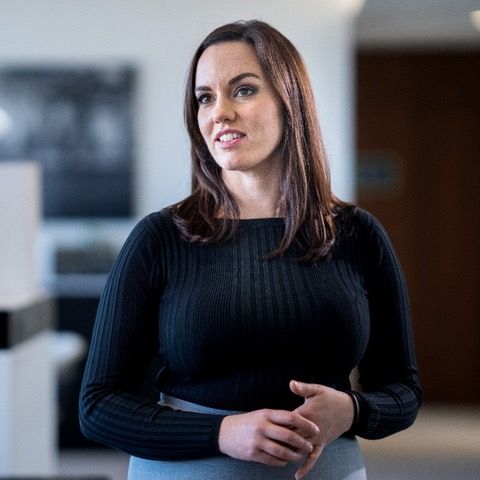







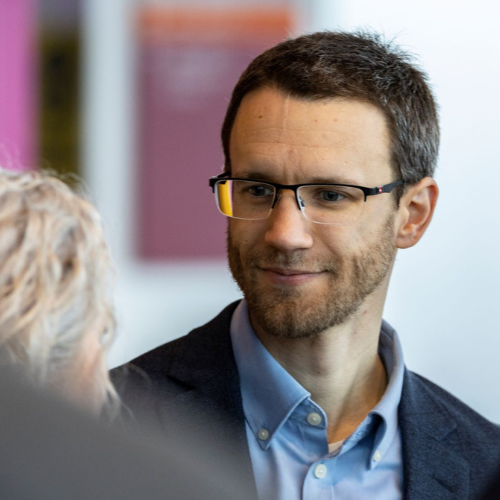


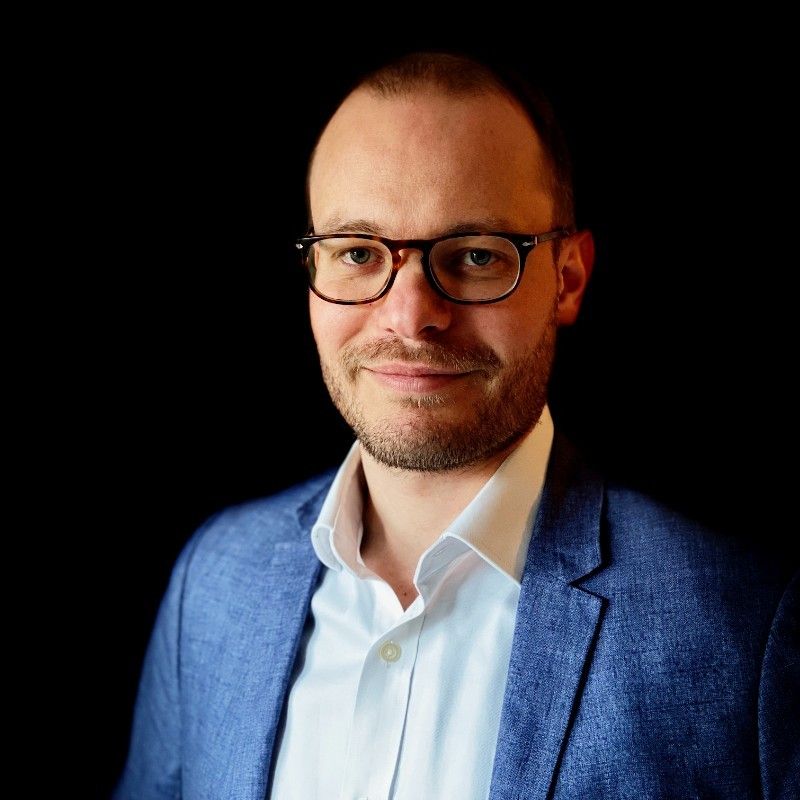





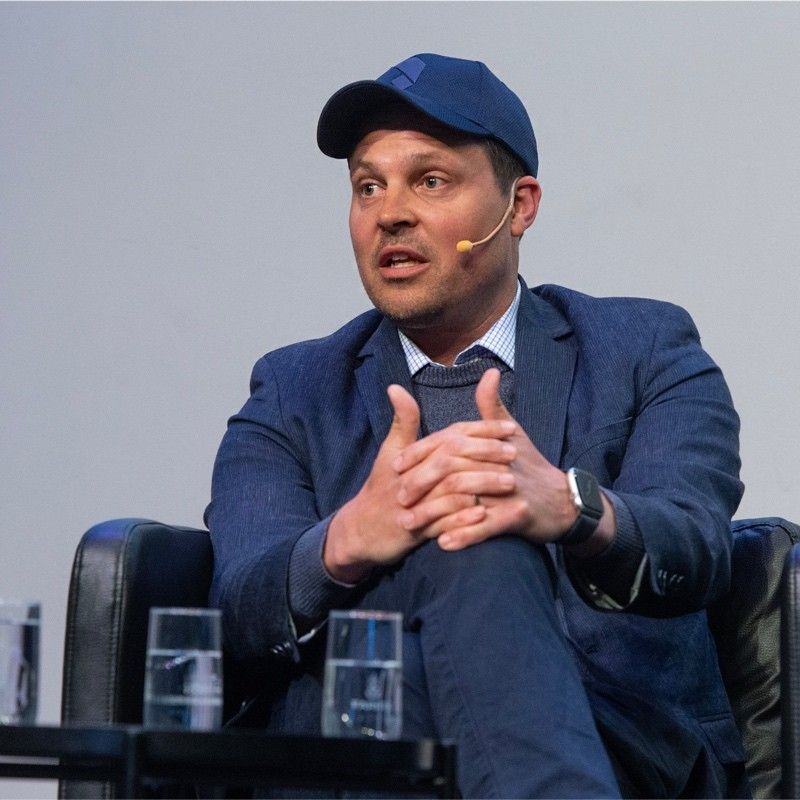
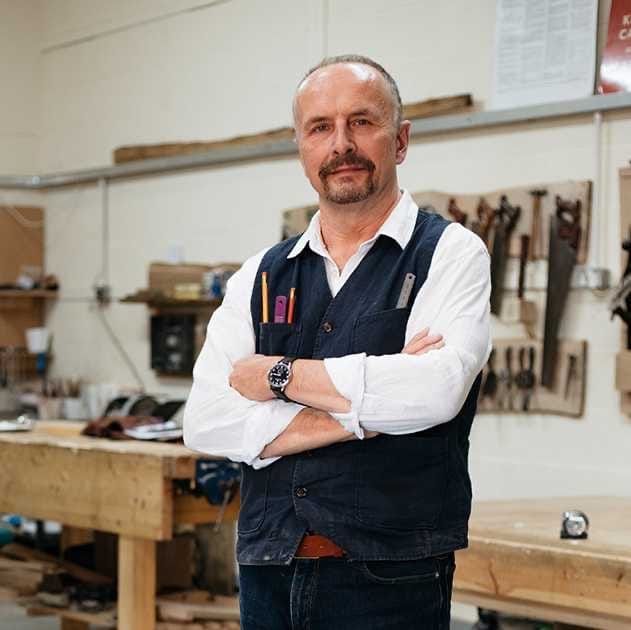





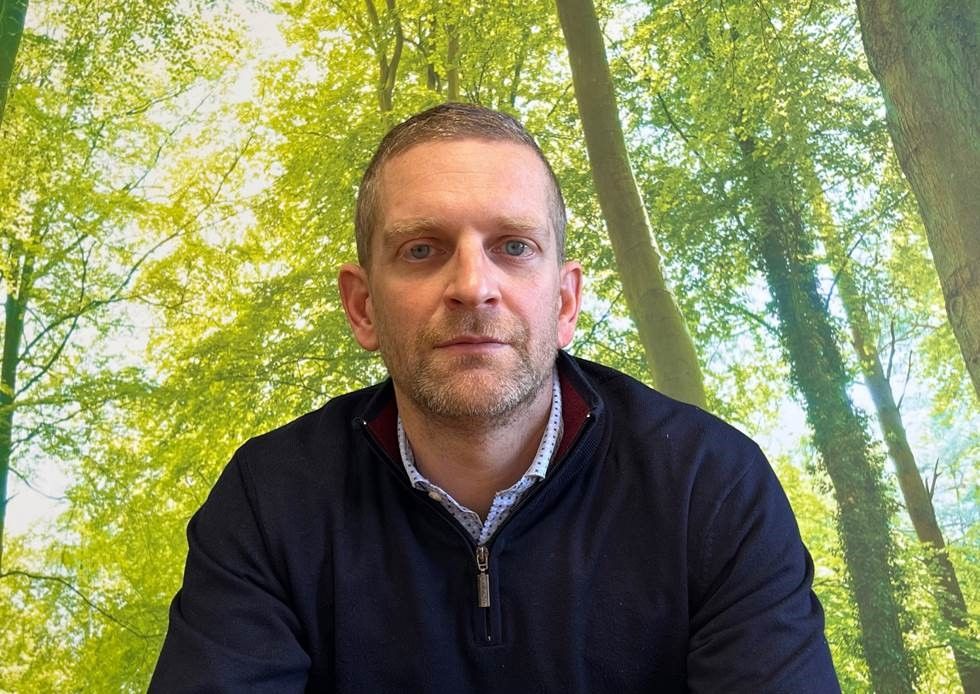


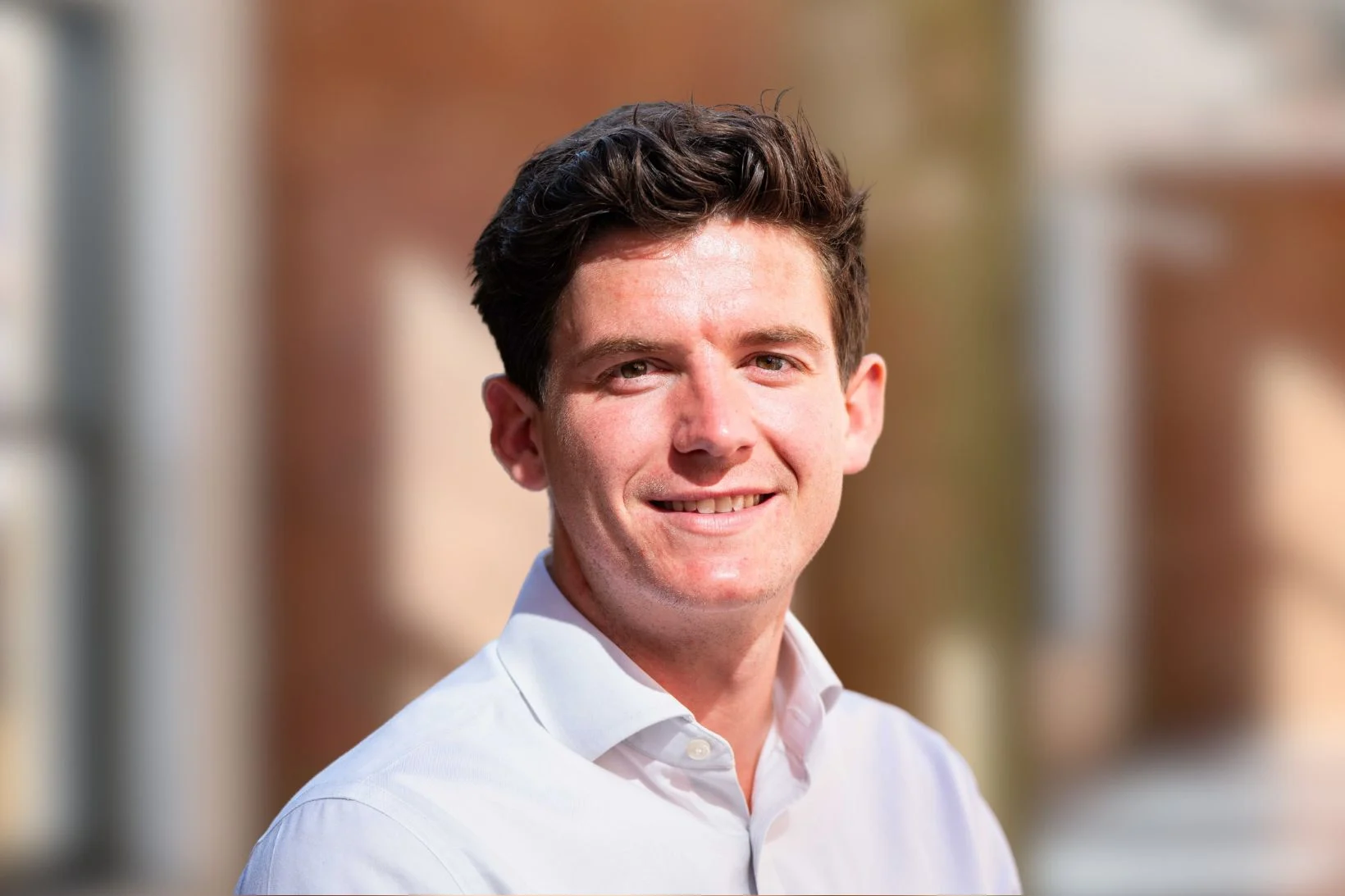


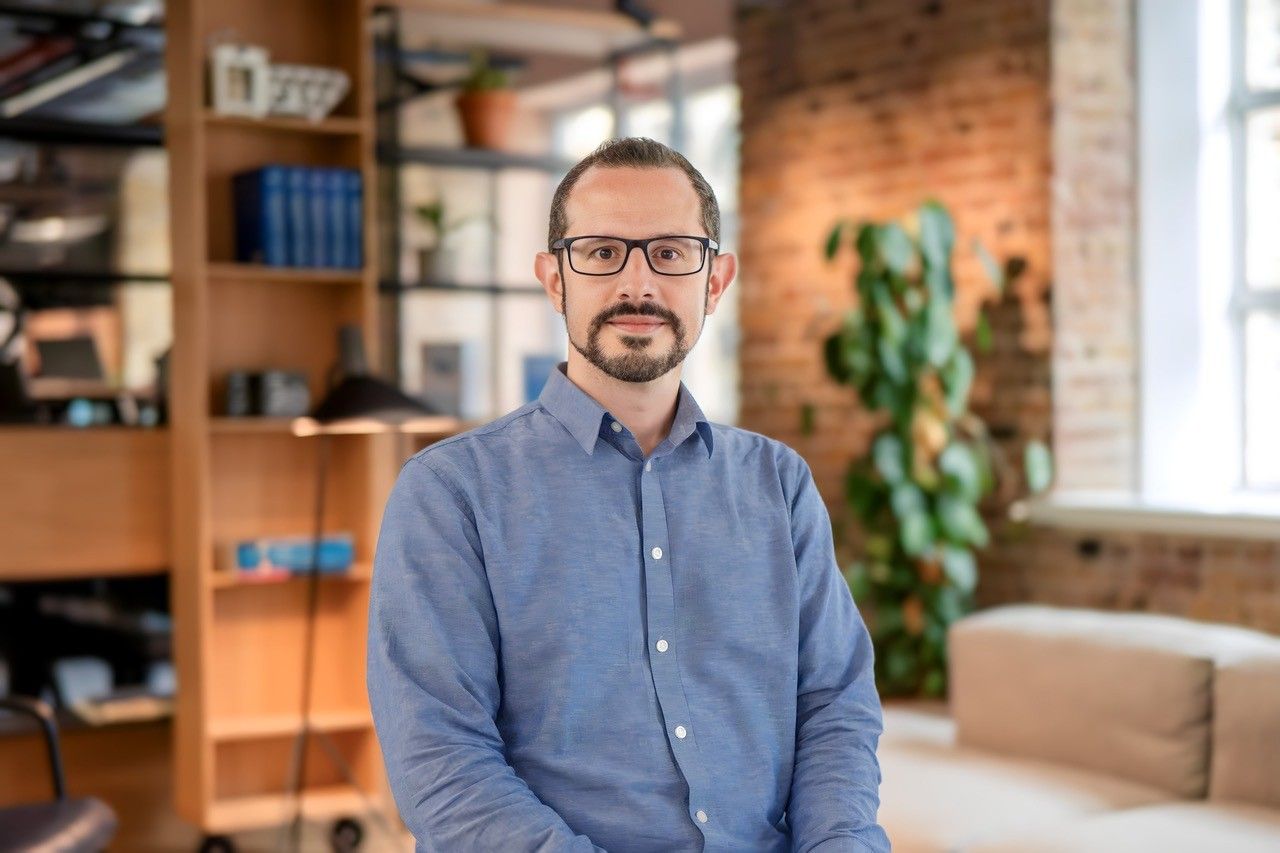













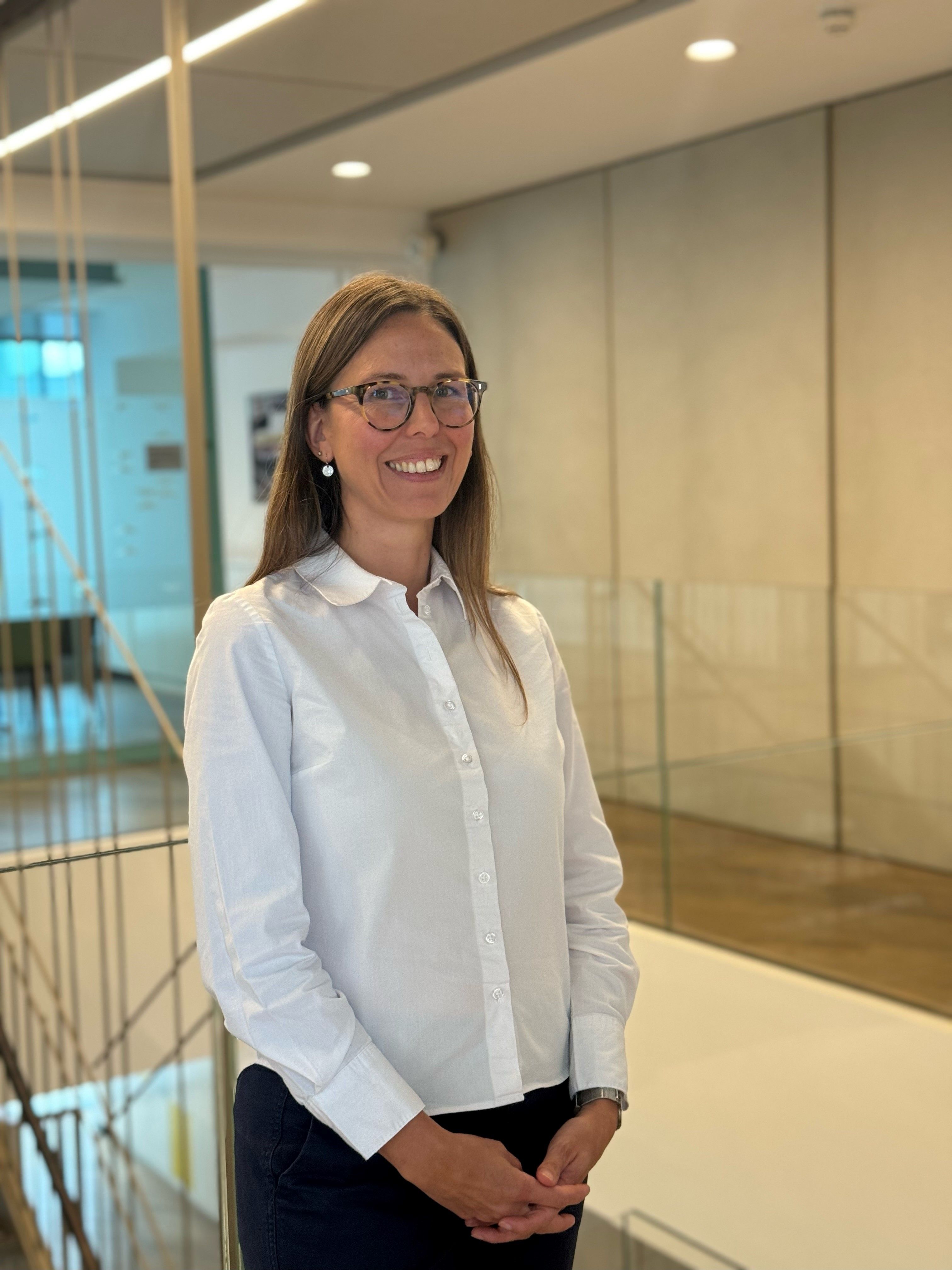

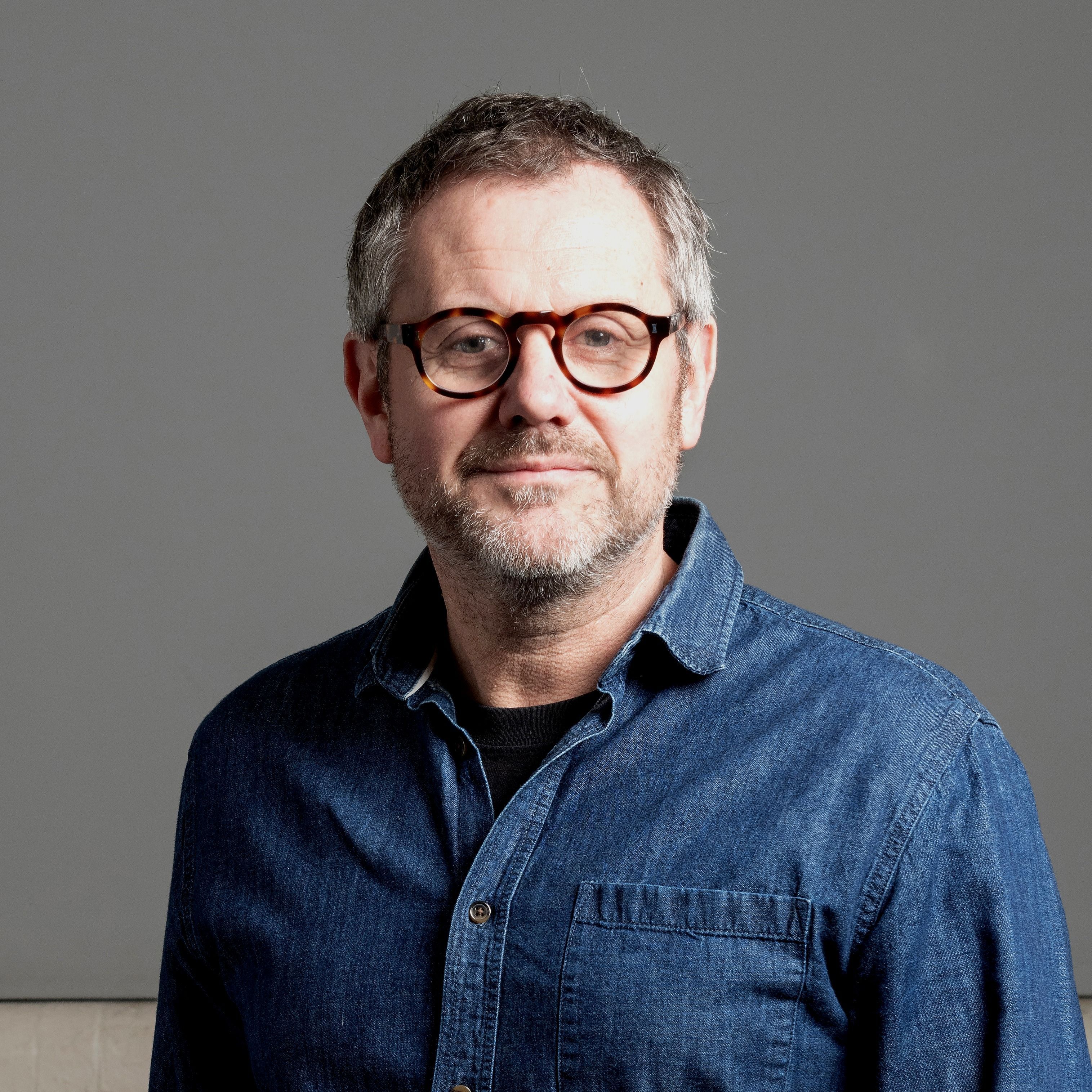








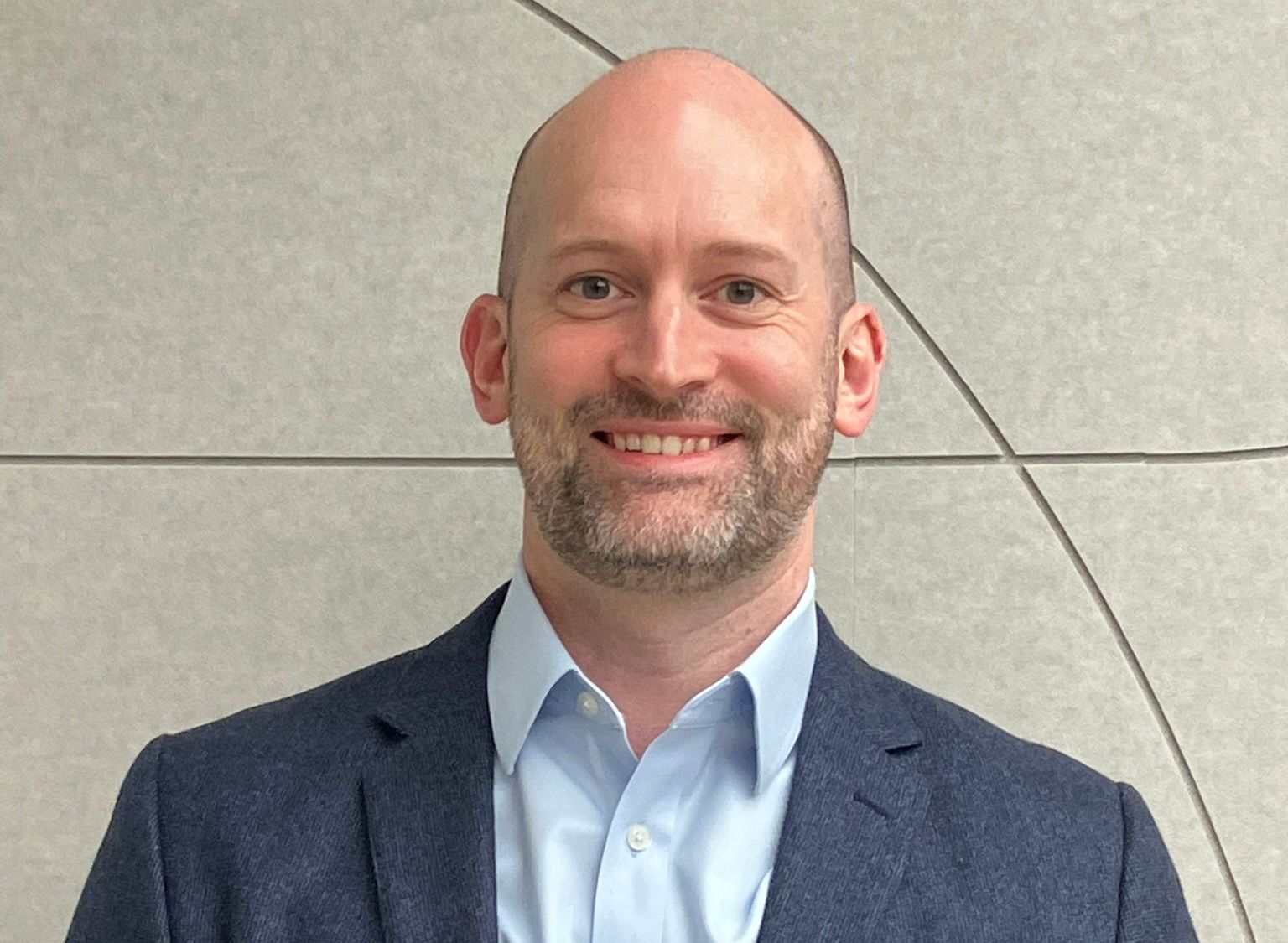




















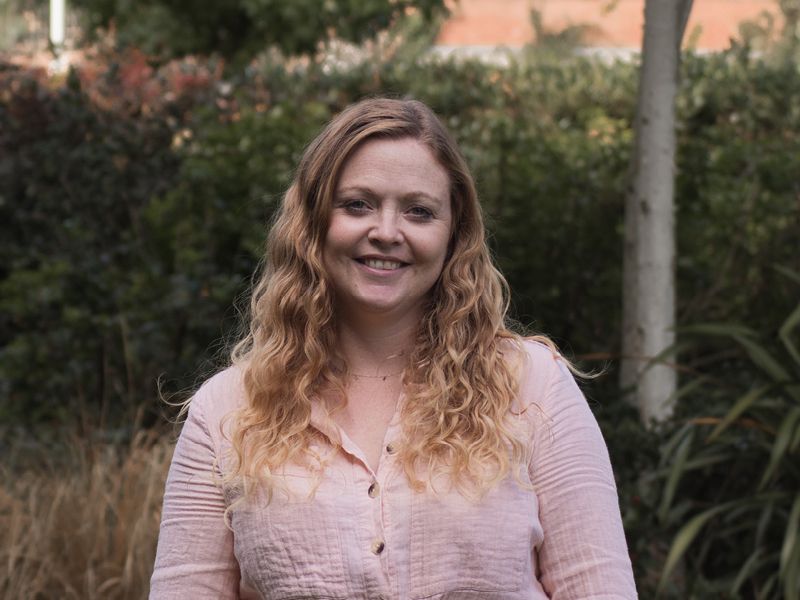












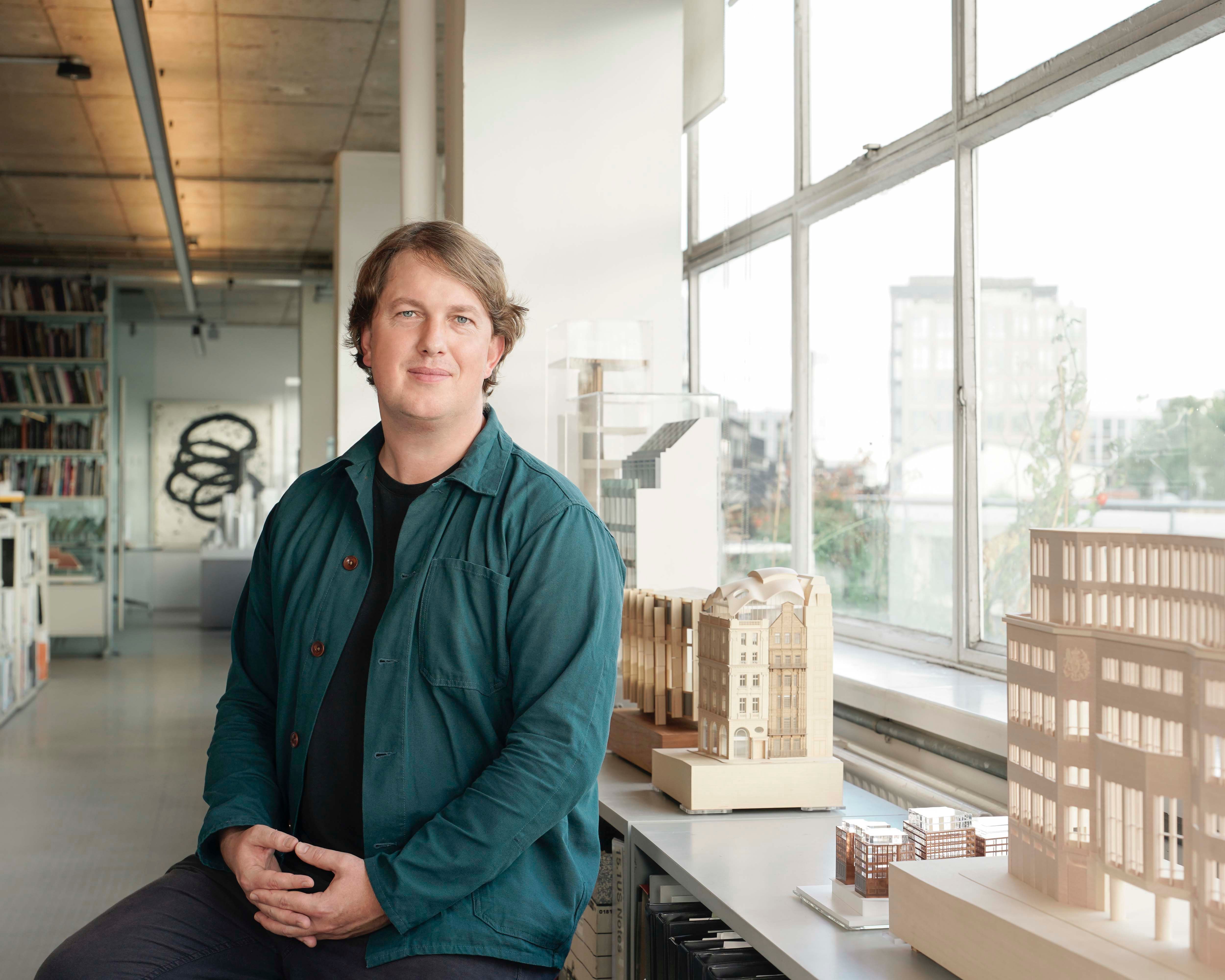



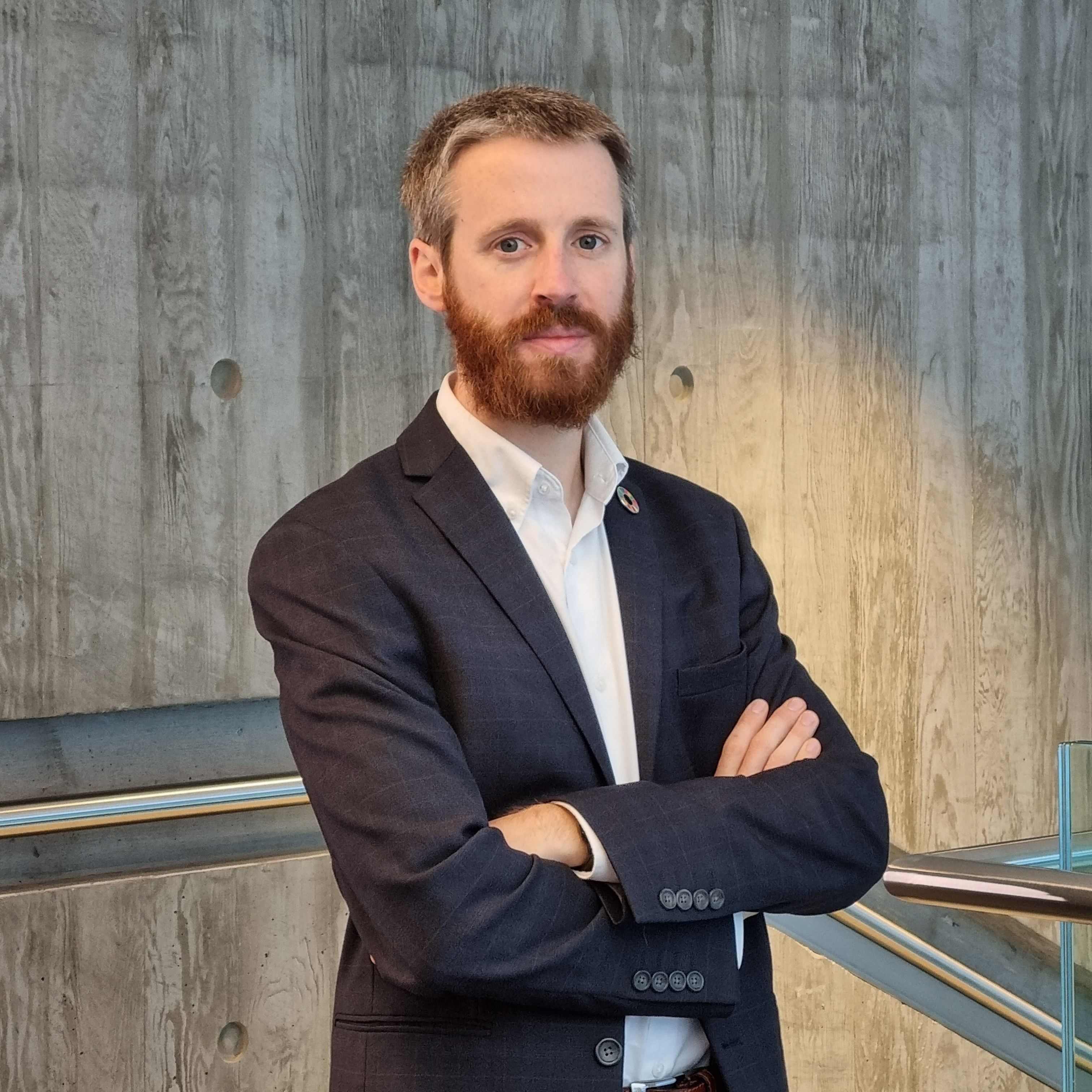







.jpg)







